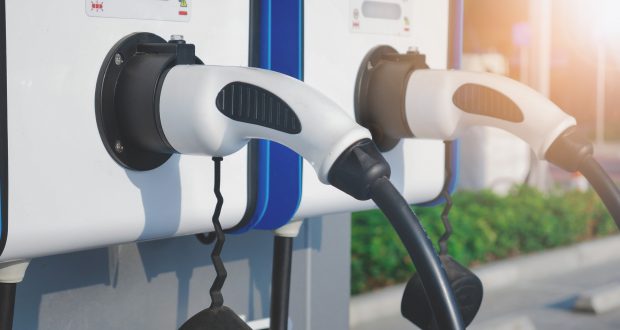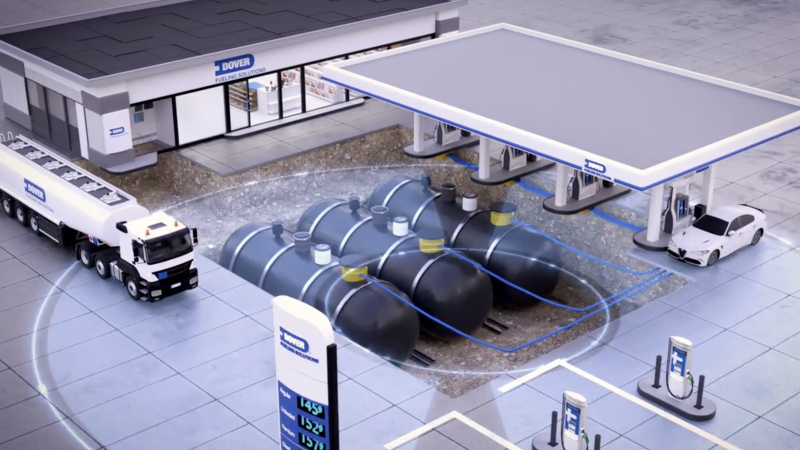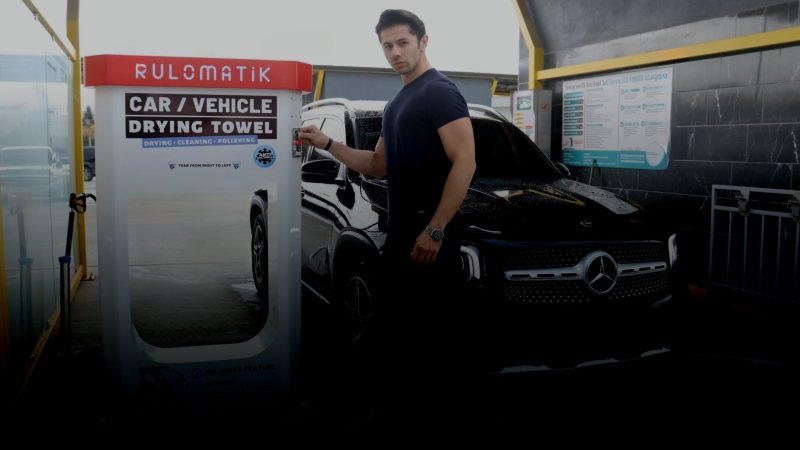Clean Fuels: Myth-busting Misconceptions Around Electric Vehicles

Climate change is seen to be a serious problem for an enormous 93% of EU citizens.
As such, it is important to know how you can reduce your carbon footprint and help the environment without compromising convenience.
David McGuinness, Director of Product Management, Electric Vehicle Charging at Dover Fueling Solutions, highlights the benefits of going electric. “There are many myths around electric vehicles (EVs). This includes negative beliefs about the price, charge time, requirements and convenience of alternatively fueled vehicles. However, many of these are just common misconceptions.
“Electric vehicles can offer benefits to both drivers and the environment. Operating with the same, if not better, processes than their petroleum and diesel counterparts, electric makes your journey better ergonomically, economically and environmentally.”
Here, we explore the increasing emergence of EVs and the truth you need to know behind those common misconceptions.
How common are electric vehicles?
The EV market increased its sales by 186% across 2020. 233,413 electric vehicles were sold in Europe throughout the second quarter of 2022 alone, with France and Spain being leaders in battery electric vehicles (BEVs) growth, as they increased vehicle numbers by 22% and 18.6% respectively.
Misconceptions and the Truth
They Can’t Travel Far Enough
37% of people believe that electric vehicles, such as the standard EV, can’t travel for long distances. This sways drivers away from buying EVs, as they believe they can’t commute their daily journey without worrying about losing power. However, this is a myth. Most EVs can meet your daily distance standards.
In fact, the RAC, an automotive services company in the UK, claims that EVs can reach up to 300 miles on a single charge. Compare this with the European worker’s average commuting distance of 28.56 kilometers a day, and it’s clear that EVs are more than capable of the daily commute. There are over 330,000 publicly available charging ports across the EU, and Germany and France are frontrunners in providing these, which means that careful planners can cover large distances across the EU in an electric vehicle. However, it’s worth remembering the infrastructure of electric vehicle charging is still being developed, so travel in an EV outside of France, Germany and the Netherlands may be more difficult.
Electric Vehicles Don’t Actually Help the Environment
Some people believe the emissions from the production of EVs outweigh the carbon emissions they save through their use – making them worse for the environment than originally thought. Many also believe that EV batteries need to be replaced more frequently than their petroleum and diesel counterparts and that these batteries will end up in landfills – harming the environment further.
Electricity was once only generated through the burning of coal and other fossil fuels, but the drive to make electricity sustainable means production has changed to solar power and other renewable sources. This change means that they don’t produce excess carbon emissions.
EVs Can’t be Driven in the Rain
In 2019, Hyundai found that many drivers were worried about owning an EV due to bad weather conditions. The worry is that electric vehicles aren’t safe during thunderstorms or car washes. However, the myth around the safety of EV is just that – a myth. Driving an EV, even in the rain, is no less safe than your traditional petrol or diesel car.
It’ll Cost More
A common misconception is that EVs cost more than traditionally fueled ones. However, this is not always true. Used EVs can dip below £10,000 with new models starting at £20,000. Equally, with the cost of petrol and diesel rising, choosing alternative methods of fueling your vehicles could save you money in the long run.
Problems with Places to Recharge
Another belief about EVs is that it is difficult to find charging points, especially outside of metropolitan cities such as London, Madrid and Berlin. Electric vehicles, however, are much easier to charge than they used to be. Governments have put in place initiatives to improve accessibility – placing chargers in more residential and rural areas. 33,996 chargers are currently available to the public across the UK, so there’s no need to worry that you cannot charge your car. Germany is the leading country in the EU for plug-in vehicle sales, with 673,747 sales being made across the nation in 2021. France also came out near the top of the board with 303,501 sales. As of the second quarter of 2022, there are currently 28,631 charging stations within Germany alone, an increase of over 7,000 stations since the final quarter of 2020. Plus, a push to put charging ports near workplaces has been encouraged, with a heightened focus on areas outside of key urban centres – meaning you can drive cross-country with confidence knowing that ports are not only available within the capital city but at a range of other locations.
There are many misconceptions surrounding EVs, from the distance they can travel to whether they are able to be driven in the rain or through car washes; however, they are great alternatives, especially for your daily use.
Electric vehicles have been met with hesitation in the past, but there is no need to be worried about this innovative technology. They are fast becoming more and more popular and can match or exceed traditionally fueled vehicles in effectiveness. With alternative fueling solutions in vehicles, we can be sure that the future of transport will be greener.







